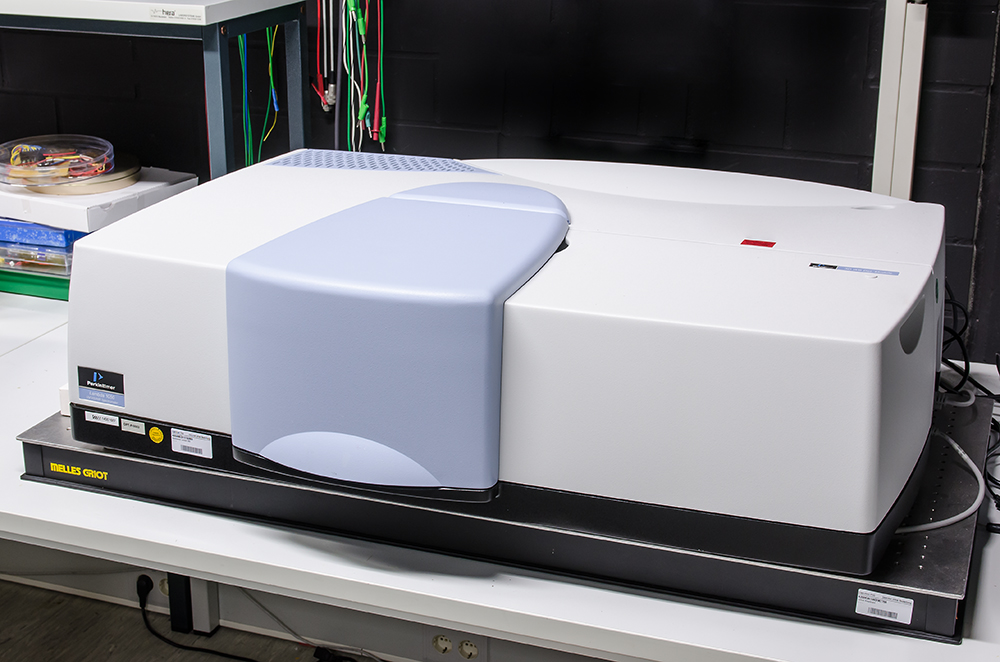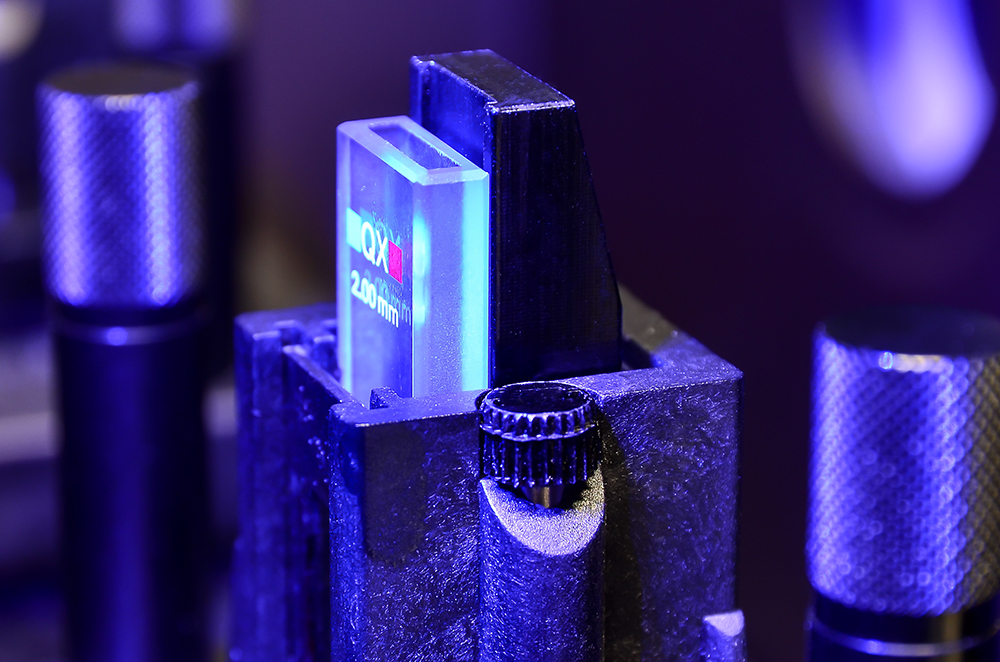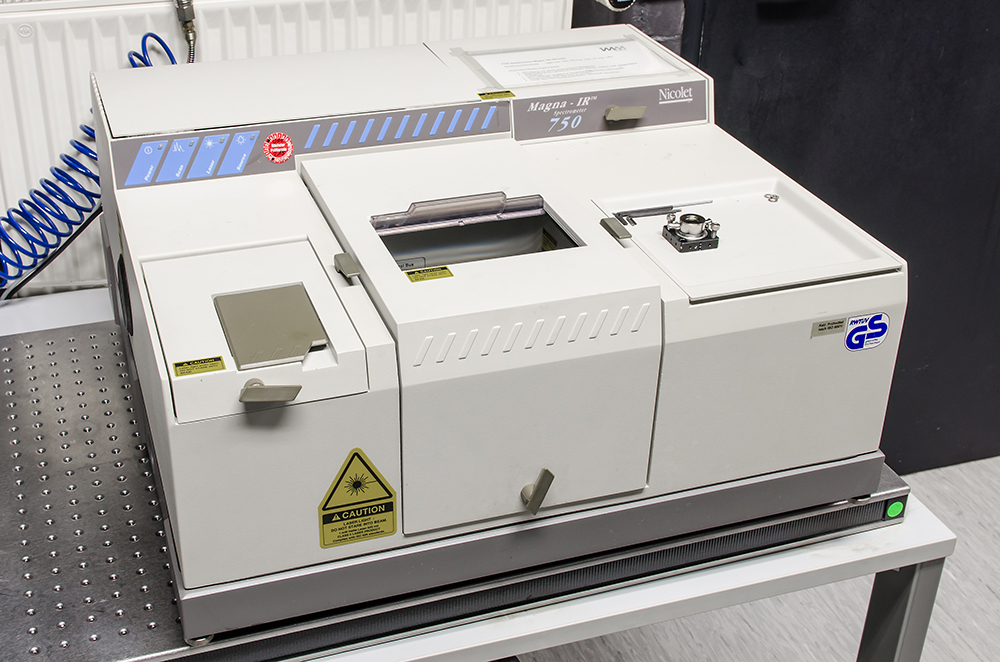Determination of material properties via spectroscopic methods
Methods of optical spectroscopy are perfectly suited to determine certain material properties such as bond energy, chemical composition, structure or optical density. These are often correlated with the specific state of a substance. A sensory detection as done in preliminary on-line analysis of chemical solutions or the creation of a calibration curve requires spectroscopic analyses being performed with mature lab equipment.
Your advantage
We offer you to carry out spectroscopic measurements in the course of technological feasibility studies as well as the corresponding evaluation of the data gained. This is the basis for the design of sensors which are especially adapted to the needs of customers dealing with chemical, industrial and biological analysis. On request, we implement the gained findings in miniaturized optical sensor systems, tailored to the requirements of the end user. Our competences in simulation processes, optics, spectroscopy and fabrication processes fit together excellently.
Our equipment
For spectroscopic analyses we have a number of commercial spectrometers at our disposal which are based on various optical methods:
- UV-VIS-NIR Lambda 1050, transmission and reflection,
- Magna 750 FTIR with ATR insert and flow through cell,
- i-Raman Plus with fiber probe and microscope,
- AQ6370C 600-1700 nm OSA,
- refractometer DSR Lambda,
- Cary Eclipse fluorescence spectrophotometer.
Typical application fields
- Determination of the water content, the level of oxidation and the total base number (TBN) via MIR spectroscopy,
- determination of the hydrogen peroxide and of the sulphuric acid content in DSP solutions via UV-VIS spectroscopy,
- detection of chemical compounds in catalyst layers via Raman spectroscopy,
- measurement of the glucose concentration in blood or interstitial fluid via NIR spectroscopy,
- detection of poisonous gases via FTIR spectroscopy,
- detection of fluorescence light for cell counting or PCR conversion control.
 Fraunhofer Institute for Microengineering and Microsystems IMM
Fraunhofer Institute for Microengineering and Microsystems IMM

